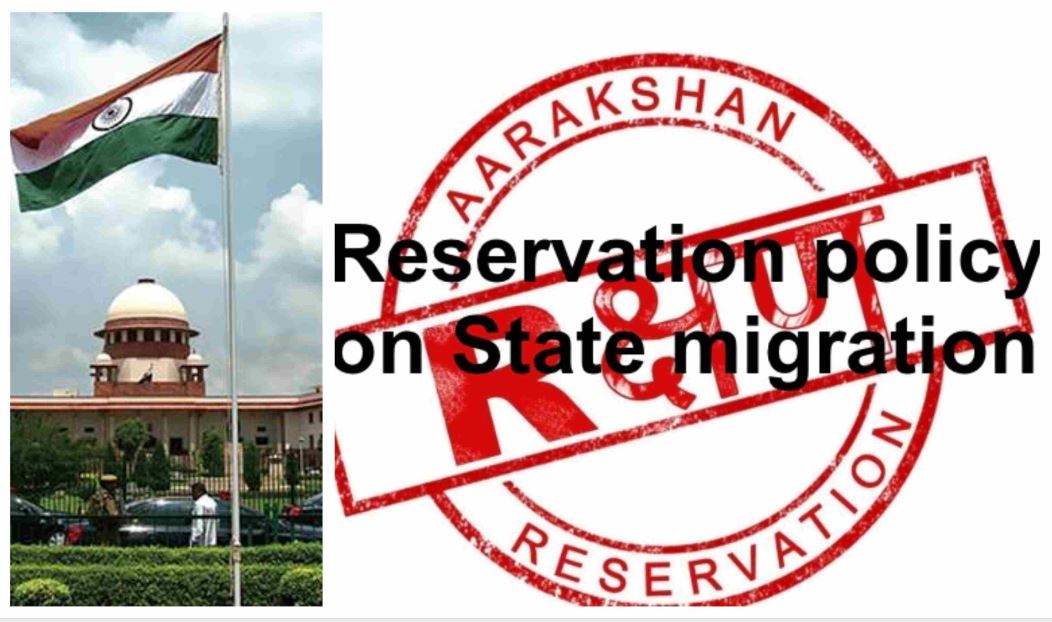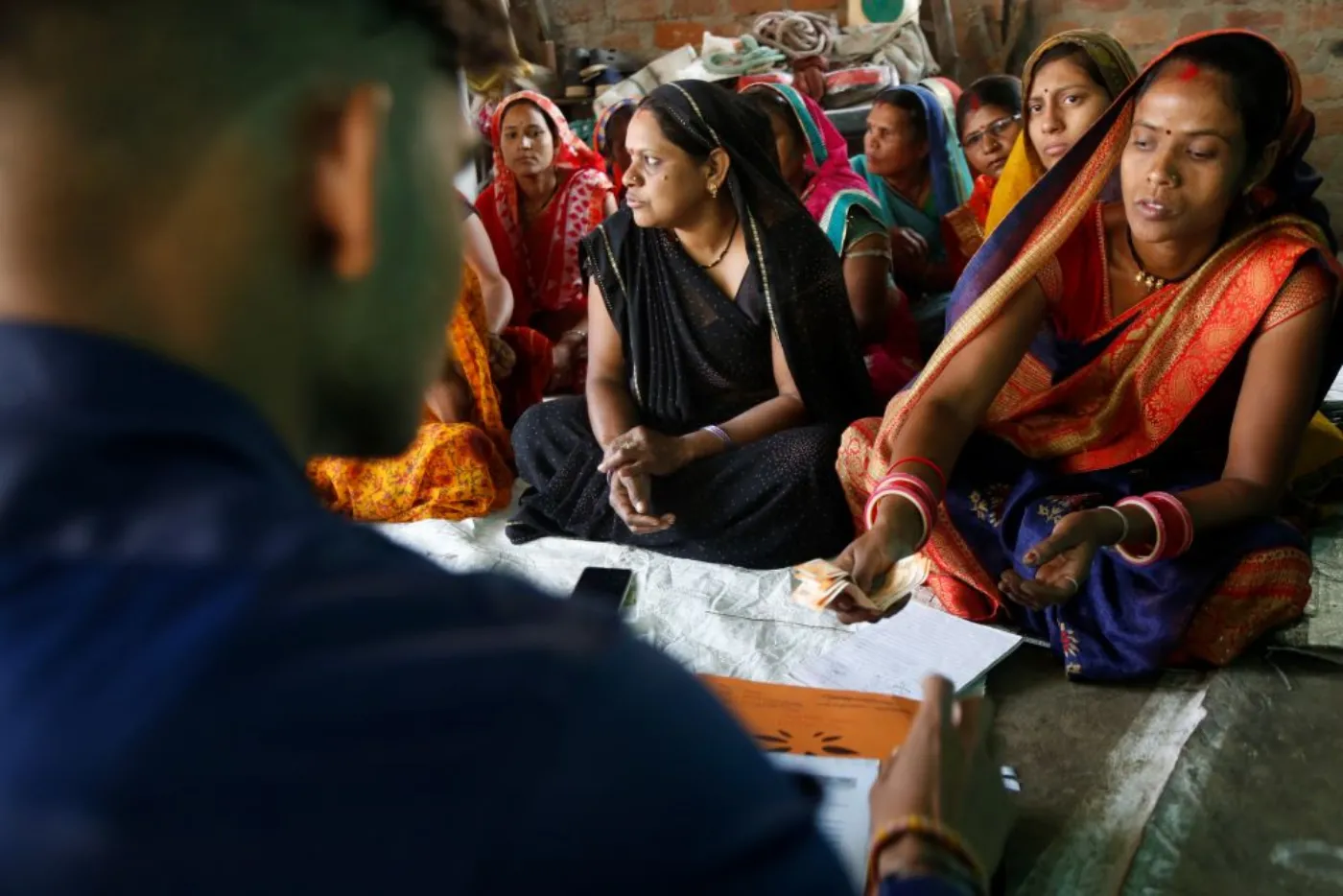Last month, the Supreme Court passed a judgement that SC/ ST reservation is only applicable to a person’s home state; that is, one cannot avail of reservation benefits and concessions in other states where the person may have migrated for a living if their caste is not notified there. The only exception is Delhi where pan-India reservation will be applicable.
The five-judge SC bench’s reasoning is based on the expression ‘in relation to that state or Union Territory’ and ‘for the purpose of this Constitution’ used in Articles 341 and 342 which they interpreted to mean reservation benefits should be limited to the geographical territories of a state or UT.
With this latest ruling, the severe dilution of the SC/ST POA (Prevention of Atrocities) Act, and the upcoming judgement by a Supreme Court bench on the subject of reservation in promotion, there is a legitimate fear that the SC will deliver another blow to the rights and protections of marginalised groups in the country. That the SC, like most power centres, has always been Savarna dominated, further compounds their misgivings about whether issues and concerns of oppressed groups are priorities for the country’s highest court of law.
Myths Around Reservation Policy
Without resorting to legal speak, the Indian Constitution clearly mandates social equality and justice for oppressed groups through Articles 14 and 46. This equality is not only of opportunity but of status as well, the latter directly implicating the caste system and the unique locations and conditions of adivasi and tribal groups. One of the common fallacies or confusion with discourses related to reservation in this country is that it is seen as a correction for economic inequality which then engenders baseless rhetoric such as that of ‘creamy layer’. But reservation is first and foremost aimed at fostering social justice with economic and political progress, perforce, the associated outcomes.
Despite what many (read Savarnas and liberals) would like to believe, class privilege rarely shields one from caste discrimination.
Despite what many (read Savarnas and liberals) would like to believe, class privilege rarely shields one from caste discrimination. Unless one is a proponent of the debunked myth called race ‘science’, merit is not intrinsic to any particular group. The fact that there is only one secretary-level SC officer at the Centre or the abysmally low representation of SC/ST professors in our universities should discredit any claim to the argument that being economically better-off necessarily means that you now have access to some kind of teflon coating that makes you immune to the consequences of your caste identity. Then there are the reams of data that provide incontrovertible evidence that SCs and STs are still the most oppressed groups in the country, plagued by low incomes, unemployment, and early deaths. Lest we forget, SCs/STs and OBCs collectively account for about 70 percent of the population and yet even in government jobs their representation is minuscule.
In this context, it is indeed worrying that the Chief Justice of India, Dipak Misra, himself is on record giving credence to such urban myths by positing questions like if a “person from the reserved category becomes Secretary in a state… will it be logical to treat his family as backward for promotion with accelerated seniority?”
The Inevitability Of Migration
The judgement has enormous intended and unintended consequences for millions of people. Starting from the basic fact that development in this country is extremely unequal and limited to certain urban, mainland pockets which means that migration to such bastions of wealth and opportunities is inevitable. But migration doesn’t mean starting from a clean slate where your identity, background, and appearance magically become irrelevant.
Northeastern India is a region that has historically been subjected to relentless resource exploitation and low investment from the Centre resulting in decades of militancy and unresolved grievances against mainland apathy and illegal immigrants. The higher education infrastructure and systems are mediocre at best and non-existent in many cases. Job opportunities are conspicuous by their absence, and if one has invested heavily in getting expensive degrees and/ or specialised skills, there is little sense in going back.
Also read: Analysing The Caste Bias In Private Sector Employment
Every year, thousands of Northeastern people head out from their states towards mainland India, in search of better education and economic opportunities. While overall literacy rates are high in a few states, colleges and universities in this region have been withering away to a state of destitution owing to negligence on the part of the Centre and the endemic corruption of the local governments.
However, life in mainland for most of them is an exercise in tolerance, studied ignorance, and suppressed rage against the persistent, almost quotidian racism, sexism, bullying, and dehumanisation manifested, across the left and right spectrum, by almost all mainlanders to varying degrees. Given a choice, most North-Easterners would rather save themselves the ignominy and insults (and the violence, abuse, and occasional deaths) in mainland and stay put in their home states, had there been some semblance of development and the panoply of opportunities that are currently only available in mainland India.
The sins of centuries past cannot be extirpated by one part of a holistic solution that has been in effect for less than 70 years.
For Dalits and Adivasis in mainland, chronic under-development of their locations, historical oppression, and that immutable, ineluctable feature of Indian society called caste discrimination effectively means that migration across state lines is commonplace, both as an escape route and externally-imposed compulsion.
Uneven, unequal development, the acute agrarian crisis, growing urbanisation are some of the many factors contributing to a steady uptick in inter-state migration. As per the estimates, this number was about 9 million annually between 2011 and 2016. Not surprisingly, the destination for most migrants are the relatively well-developed states of Delhi, Maharashtra, Gujarat, Haryana, Punjab, and Karnataka. It hardly merits a mention that migrant workers are some of the most vulnerable populations in the country. Even among students, the education hubs of Delhi, Pune, and Bangalore are the preferred destinations due to the number of educational institutions and an already robust infrastructure and network that caters to out-station students. Migration, it turns out, is a reality and a necessity in this country.
A Flawed Judgement
The SC judgement and its implications are many and these are bound to be debated, discussed, and hopefully countered. But for a decision whose underlying logic is flawed, it also fails to recognise the actual lived realities of modern-day India. After all, does discrimination stop at the arbitrarily-created lines of a state border? Is an ST from the Northeast given access to the networks of caste privilege, the same benefit of doubt, the leeway and the capital to fail and recover as someone from a Baniya caste? Will a manual scavenger from the Valmiki community be accorded with the same respect and routine assumption of wisdom and probity that are supposed to be almost congenital in a Brahmin if they move to another state within the Indian republic?
What the SC has done is cherry pick one set of principles over another. For if the argument is that the relevant articles in the Constitution mention the applicability of state and UT limitations then there is a counter-argument (and some would say, closer to the letter and spirit of the Constitution) that it also mandates social justice and equality. To then assume that the struggles for these goals and, indeed, a better India somehow should be delineated by borders not only undermines the oppression and continual discrimination faced by marginalised groups but is a repudiation of the documented history of exploitation of DBAs by Savarnas.
Also read: The Modern Savarna And The Caste-Is-Dead Narrative
The sins of centuries past cannot be extirpated by one part of a holistic solution that has been in effect for less than 70 years. It can only be expiated by a firm commitment to the principles of justice and equality for all- the bedrock of the Indian Constitution.
About the author(s)
Sanjana Pegu is a feminist and a writer with CauseBecause.com.




